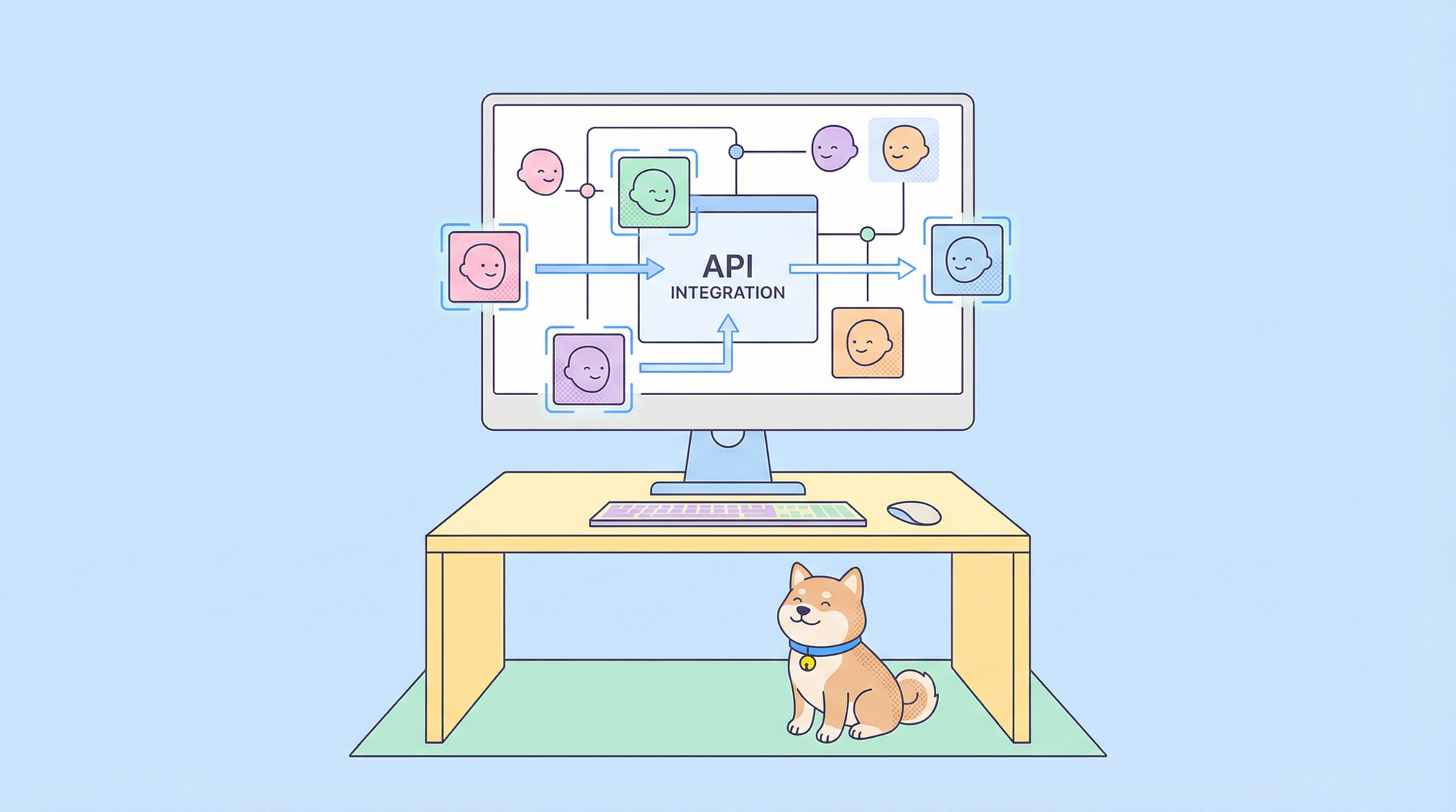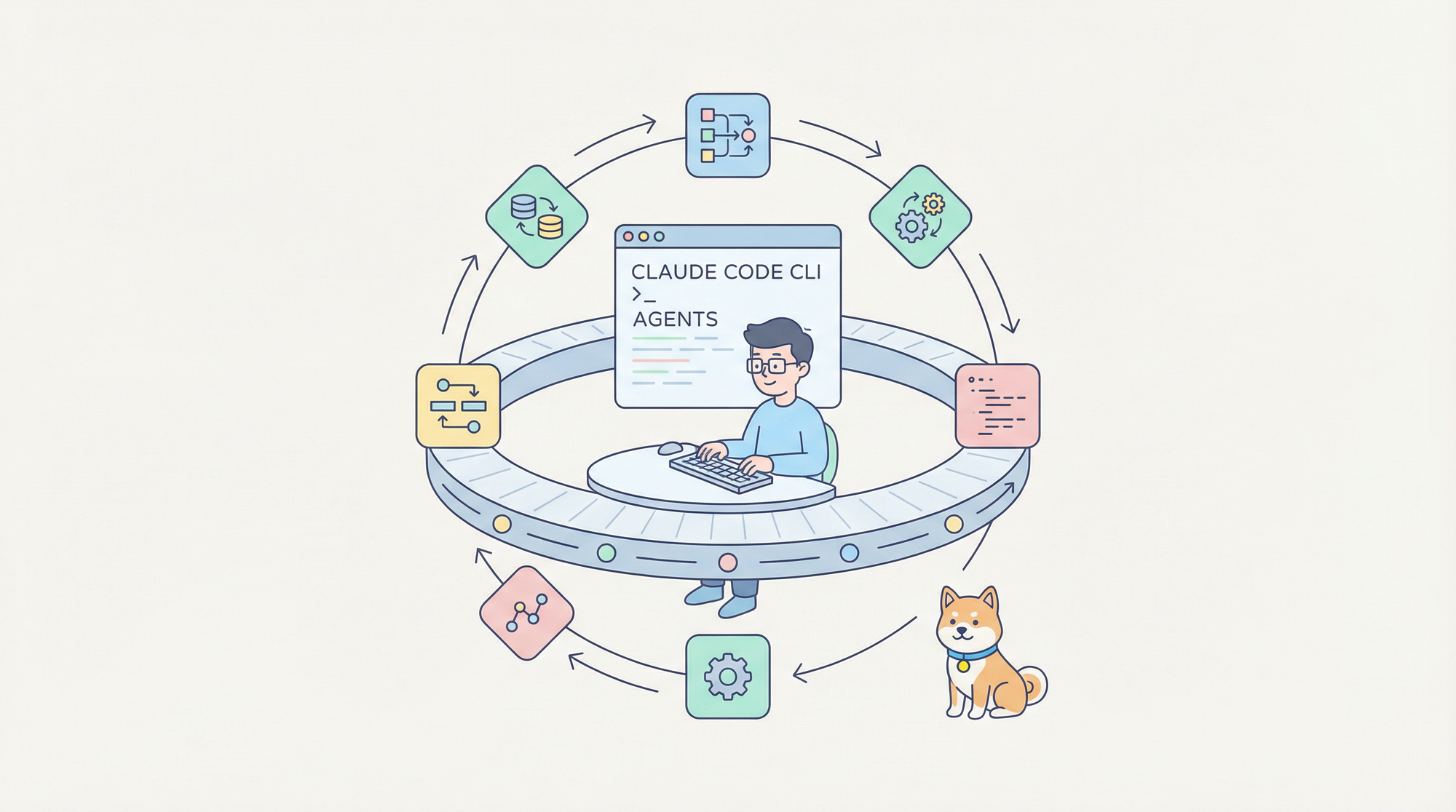Have you ever wondered how web applications can communicate with servers and exchange data without reloading the page? The answer is XMLHttpRequest, a powerful and versatile technology that enables web developers to create dynamic and interactive web experiences. In this blog post, I will explain what XMLHttpRequest is, how it works, and how you can use it with Apidog, a tool that helps you design, test, and monitor your APIs.
What is XMLHttpRequest?
XMLHttpRequest, or XHR for short, is an object that allows web browsers to send and receive HTTP requests and responses asynchronously. This means that you can use XHR to request data from a server, such as JSON, XML, HTML, or plain text, and update a part of your web page without refreshing the whole page. This makes your web application faster, smoother, and more user-friendly.
XHR was originally designed to handle XML data, hence the name, but it can also handle other types of data, such as JSON, HTML, or plain text. XHR is widely supported by modern web browsers, such as Chrome, Firefox, Safari, and Edge, and it is compatible with various web standards, such as HTML, CSS, JavaScript, and DOM.
How does XMLHttpRequest work?
To use XHR, you need to create an instance of the XMLHttpRequest object, and then use its methods and properties to configure and execute the HTTP request and response. Here are the basic steps to use XHR:
- Create an instance of the XMLHttpRequest object using the
newoperator, such asvar xhr = new XMLHttpRequest(); - Use the
open()method to specify the HTTP method, the URL, and whether the request is asynchronous or not, such asxhr.open("GET", "https://example.com/api/data", true); - Use the
send()method to send the request to the server, optionally with some data, such asxhr.send();orxhr.send(data); - Use the
onreadystatechangeproperty to assign a function that will be executed when the state of the request changes, such asxhr.onreadystatechange = function() {...}; - Use the
readyStateproperty to check the status of the request, such asif (xhr.readyState == 4) {...}; - Use the
statusproperty to check the HTTP status code of the response, such asif (xhr.status == 200) {...}; - Use the
responseTextorresponseXMLproperty to access the data returned by the server, such asvar data = xhr.responseText;orvar data = xhr.responseXML; - Use the
setRequestHeader()andgetResponseHeader()methods to manipulate the HTTP headers of the request and response, such asxhr.setRequestHeader("Content-Type", "application/json");orvar contentType = xhr.getResponseHeader("Content-Type");

How to use XMLHttpRequest with Apidog?
Apidog is a cloud-based platform that helps you create, document, test, and monitor your APIs. With Apidog, you can:
- Design your API using a graphical interface or a YAML editor
- Generate interactive documentation for your API that you can share with your clients or developers
- Test your API endpoints using a built-in HTTP client or automated test cases
- Monitor your API performance, availability, and errors using dashboards and alerts
- Secure your API using authentication, authorization, encryption, and rate-limiting features
Apidog supports various API standards and formats, such as OpenAPI, Swagger, JSON, XML, and GraphQL.

If you want to use XHR to communicate with your API, you can use APIdog to design, test, and monitor your API with ease and confidence.
- Generate code snippets for XHR or other languages and frameworks

- Test your API endpoints using a built-in HTTP client or automated test cases, and see the request and response details, such as headers, body, status, and time


Conclusion
XMLHttpRequest is a powerful and versatile technology that enables web developers to create dynamic and interactive web experiences. You can use XHR to send and receive HTTP requests and responses asynchronously, and update a part of your web page without refreshing the whole page. You can also use XHR to handle various types of data, such as JSON, XML, HTML, or plain text.
If you want to use XHR to communicate with your API, you can use Apidog to design, test, and monitor your API with ease and confidence. Apidog helps you to create, document, test, and monitor your API with security in mind. You can use Apidog to implement authentication, authorization, encryption, and rate limiting features for your API. You can also use Apidog to integrate your API with your existing tools and workflows. Apidog is a powerful and versatile tool that can help you to create and maintain secure and reliable APIs.




